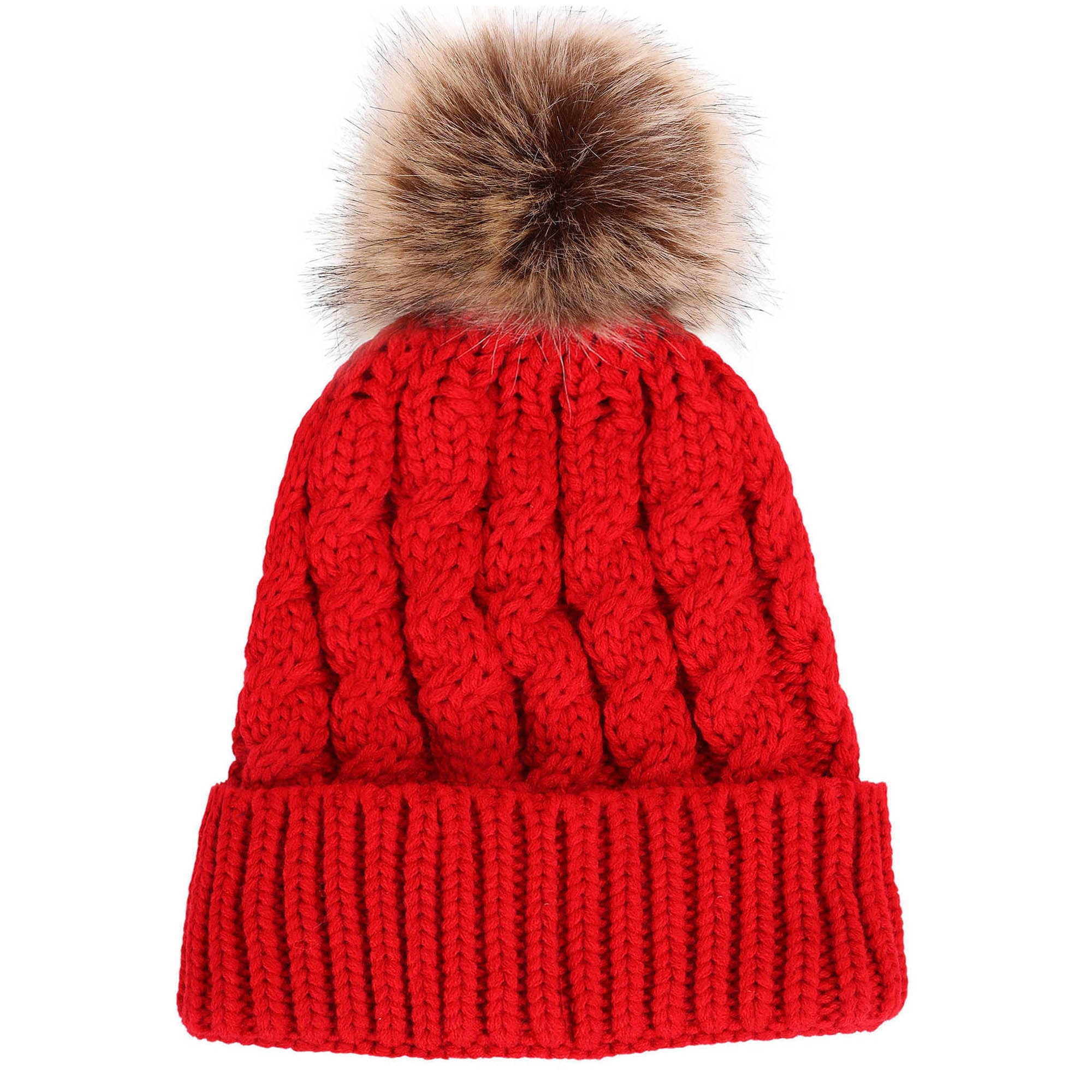

Decorative bands in gold or silver around the top circumference indicated the officer ranks: from a 34 mm band with an additional 14 mm band located 20 mm below (colonel, the only officer with two shako bands) to a single 18 mm band (sub-lieutenant or adjutant- non-commissioned officer, the latter with a red silk lozenge pattern woven in to it). The shako front was ornated by a metal lozenge bearing the regimental number surmounted by a 7 cm tricolour cockade. The former decorations of cords and tassels were forbidden, since chin scales were added to the design (brass for line infantry, white metal for light infantry). In November 1810 the shako's dimensions slightly altered to 19 cm height and a top of 24.4 cm diameter, the top now made of hard leather. The line infantry pattern was 18 cm high and 23 cm wide at its largest diameter. Its body was semi-conical, with the top being wider than the brim. In February 1806 a line infantry shako of different pattern was adopted. There were patterns with and without visors but the shako's body was always cylindrical. The French light infantry shako ("stovepipe") was prescribed in October 1801. The Regency shako was followed in the British Army by a succession of models-"Bell-topped", "Albert", "French" and "Quilted"-until the adoption of the Home Service helmet in 1877. Lieutenant Colonel George Anthony Legh Keck can be seen in an 1851 portrait wearing a 'broad-topped' shako topped by a 12-inch (30 cm) white plume and held in place by bronze chin scales. As an example, the Regency officers' shako of the British Army of 1822 was 8 + 1⁄ 2 inches (22 cm) in height and 11 inches (28 cm) across at the crown, with ornamental gold cords and lace. Portrait of George Anthony Legh Keck holding a shakoĭuring the period of general peace that followed the Napoleonic Wars, the shako in European armies became a showy and impractical headdress best suited for the parade ground. The shako provided little protection from enemy attack, beyond giving partial shielding of the head from enemy cavalry sabres. Many armies utilized specially designed oilskin covers to protect the shako and the wearer from heavy rain while on campaign. Following the Franco-Prussian War of 1870, military fashions changed and cloth or leather helmets based on the German headdress began to supersede the shako in many armies.Īlthough the mid-19th century shako was impressive in appearance and enhanced the wearer's height, it was also heavy and provided little protection against bad weather, as most were made of cloth or felt material over a leather body and peak. The Imperial Russian Army substituted a spiked helmet for the shako in 1844–45 but returned to the latter headdress in 1855, before adopting a form of kepi in 1864. It retained this preeminence until the mid-19th century, when spiked helmets began to appear in the army of Prussia, which influenced armies of the various German states and the more practical kepi replaced it for all but parade wear in the French Army. Made of heavy felt and leather, it retained its shape and provided some protection for the soldier's skull, while its visor shaded his eyes. Replacing in most instances the light bicorne, the shako was initially considered an improvement.

Other spellings include chako, czako, sjako, schako, schakot and tschako.įrom 1800 on, the shako became a common military headdress worn by the majority of regiments in the armies of Europe and the Americas. Originally these hats were part of the clothing commonly worn by shepherds, before being added to the uniform of the Hungarian hussar in the early 18th century. The word shako originated from the Hungarian name csákó for the peak, which Hungarian border soldiers ( Grenz-Infanterie) added around 1790 to their previously visorless stovepipe-style hats. Members of the Hungarian Károlyi Hussar Regiment wearing shakos, 1849.


 0 kommentar(er)
0 kommentar(er)
